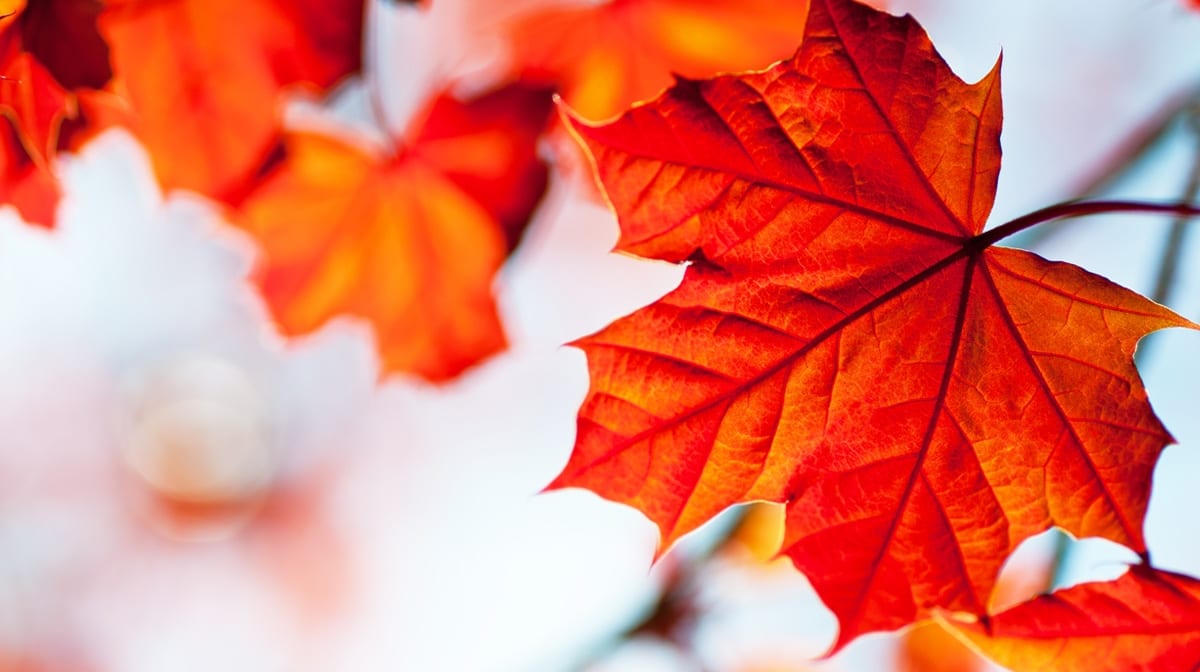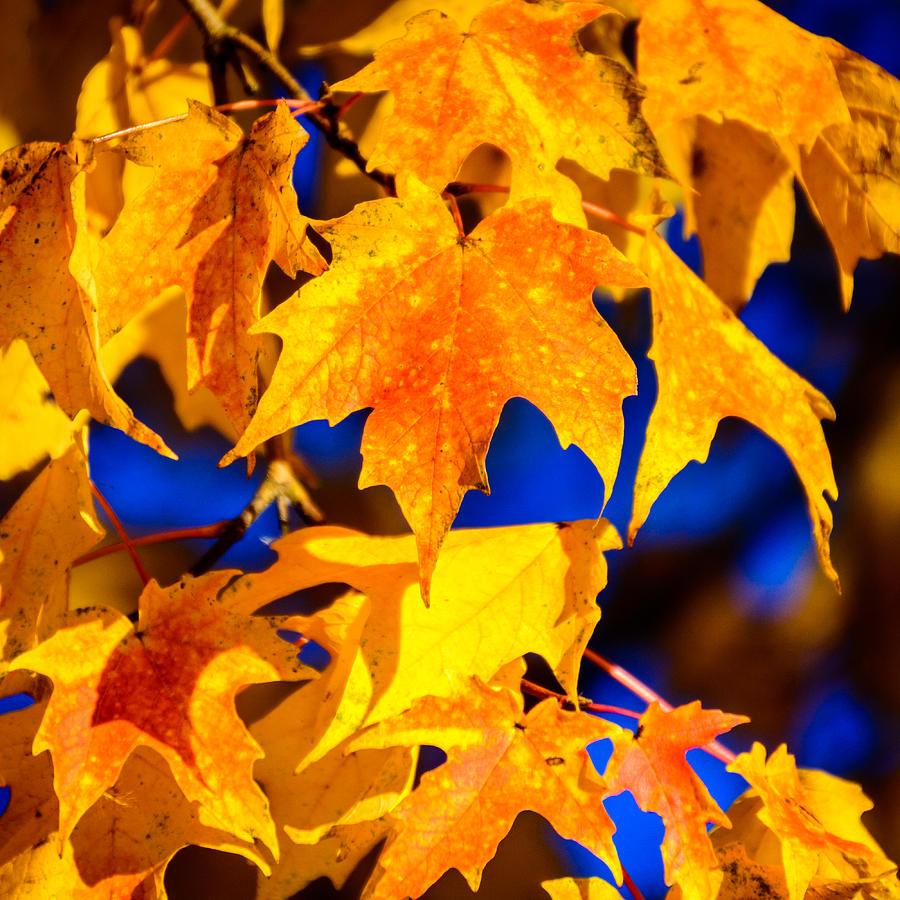

Maples often have small flowers that are not very showy and form in droopy clusters. Genus and Species: Acer saccharum Leaves: The leaves are 3-5 (7.5-13cm) in width and length and are opposite, as are all maple leaves. The boxelder is the exception, featuring multiple, compound leaves radiating from the leafstalk. The leafstalks are long, often as long as the leaf itself. The leaves are simple and palmate-shaped on most species, with three or five main veins radiating from the leafstalk. But if that sugar maple, impatient for spring, breaks bud and sends out those fleshy young shoots into the unseasonable warmth, its leaves could get zapped and blackened by the returning freeze. Symptoms of infection are often on only one side of the tree or scattered throughout the. Symptoms on the aboveground portion on the plant include suddenly wilted yellow or brown foliage which hangs on the branches. It infects plants via the roots and then spreads throughout the plant. Its very similar to the sugar maplethey can even cross breedbut it has nearly black bark that forms a stunning contrast to its yellow, orange, or deep-red fall leaves. It starts with some warm rain followed by spring-like breezes and temperatures above freezing for days. Verticillium wilt is caused by a soilborne fungus.

nigrum) some authorities list it as its own species, A. Here, we identify these top five maples and provide general tips for recognizing maple trees in the forest.ĭespite the many different types of maples, these trees have some common features.įor example, maples have mostly grey-colored bark, and the deciduous leaves are often always arranged on stems opposite each other. An attractive subspecies of sugar maple is commonly known as the black maple (Acer saccharum subsp. That's because the seven less common species are found regionally, whereas the five most common ones are more widespread. Additionally, sugar maple trees will grow best in soil that is slightly acidic, with a pH level between 5.5 to 6.8. However, five of those maple species are vastly more common to spot on your nature walk. Because the tree will eventually get very large, its important to plant it in a spot that will allow its roots to grow uninhibitedyou should be wary of nearby sidewalks, home foundations, and driveways. There are approximately 125 species worldwide and 12 maples native to North America. The leaf of Canada’s national tree, the sugar maple (which graces our flag) features three wider lobes (or main points) each with a few irregular wavy. The word Acer is derived from a Latin word meaning "sharp," and the name refers to the characteristic points on the leaf lobes.

Maple trees are classified in a family of their own, the Aceraceae.


 0 kommentar(er)
0 kommentar(er)
